BESPOKE
TO YOU BY DESIGN
OUR APPROACH
Arusha
National park
Nestled in the heart of Tanzania, Arusha National Park stands as a testament to the country’s incredible biodiversity and natural beauty. This gem of East Africa, often overshadowed by its more famous neighbors, holds its own unique charm and allure. From majestic landscapes to diverse wildlife, Arusha National Park offers visitors a truly unforgettable experience. Established in 1960, Arusha National Park covers an area of approximately 137 square kilometers (53 square miles) and is situated in the northeastern part of Tanzania, close to the city of Arusha. Despite its relatively small size compared to other national parks in Tanzania, such as Serengeti and Tarangire, Arusha National Park boasts a remarkable array of ecosystems, ranging from lush montane forests to alpine meadows and savannah plains.
Attractions in Arusha
national park
MOUNT MERU
Dominating the park’s skyline is the majestic Mount Meru, an active stratovolcano and the second highest peak in Tanzania after Kilimanjaro. Rising to an impressive height of 4,566 meters (14,980 feet), Mount Meru offers adventurous hikers the chance to embark on multi-day treks to its summit, where breathtaking views of the surrounding landscapes await.

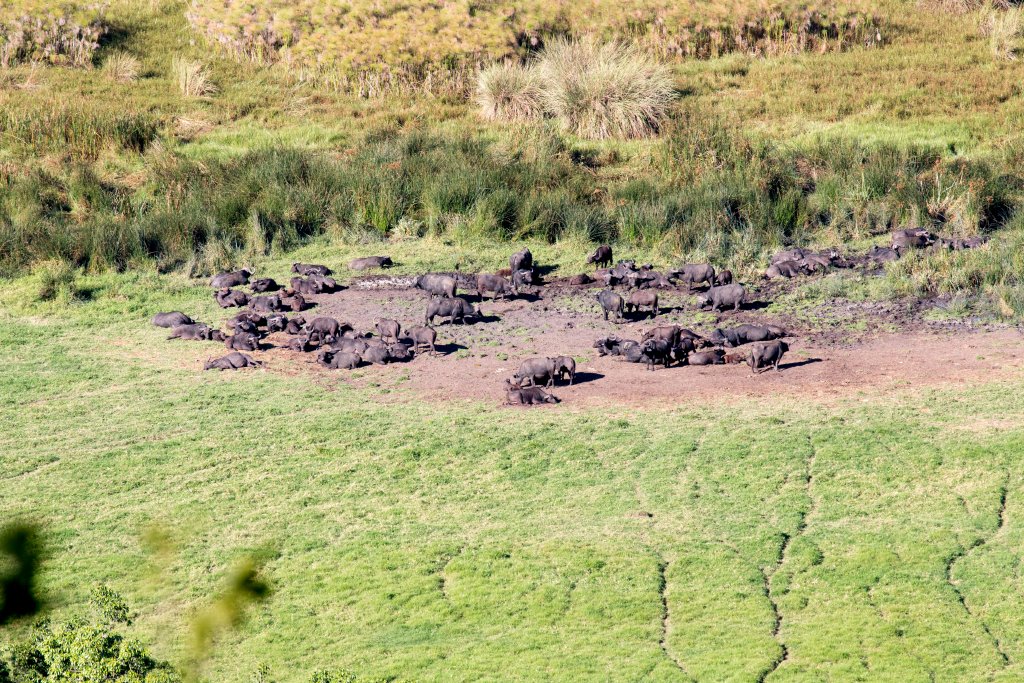
NGURDOTO CRATER
Often referred to as the “Little Ngorongoro,” Ngurdoto Crater is a collapsed volcanic caldera that harbors a diverse range of flora and fauna. Visitors can explore the crater rim on foot or enjoy panoramic views from designated viewpoints, observing the lush vegetation and resident wildlife below.
MOMELA LAKES
Scattered across the park’s landscape are a series of shallow, alkaline lakes known as the Momela Lakes. These picturesque bodies of water are renowned for their vibrant hues, ranging from emerald green to azure blue, and serve as vital habitats for numerous bird species, including flamingos, herons, and pelicans.
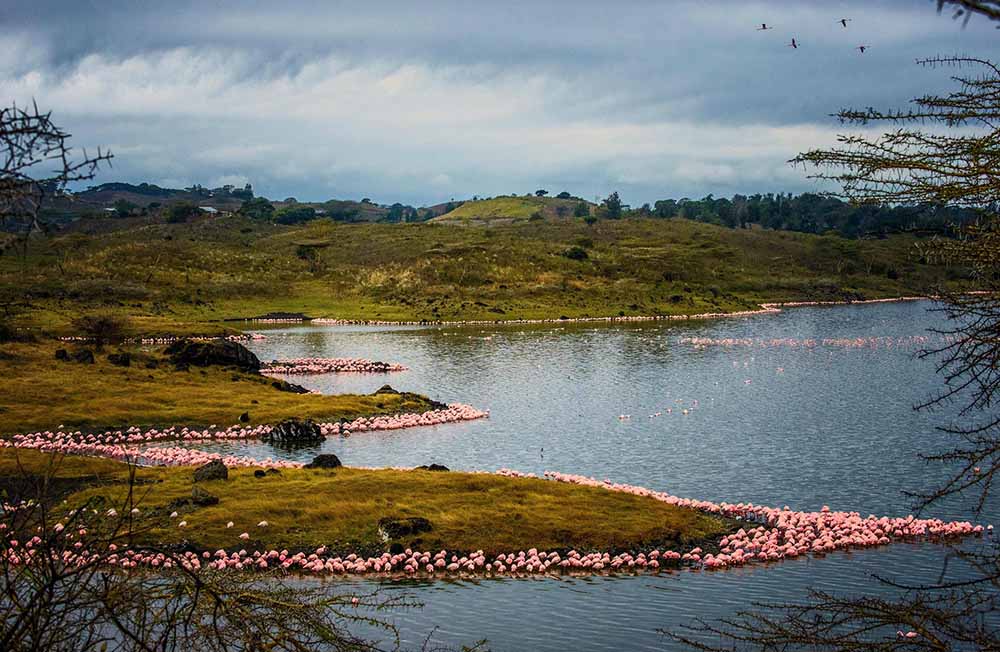
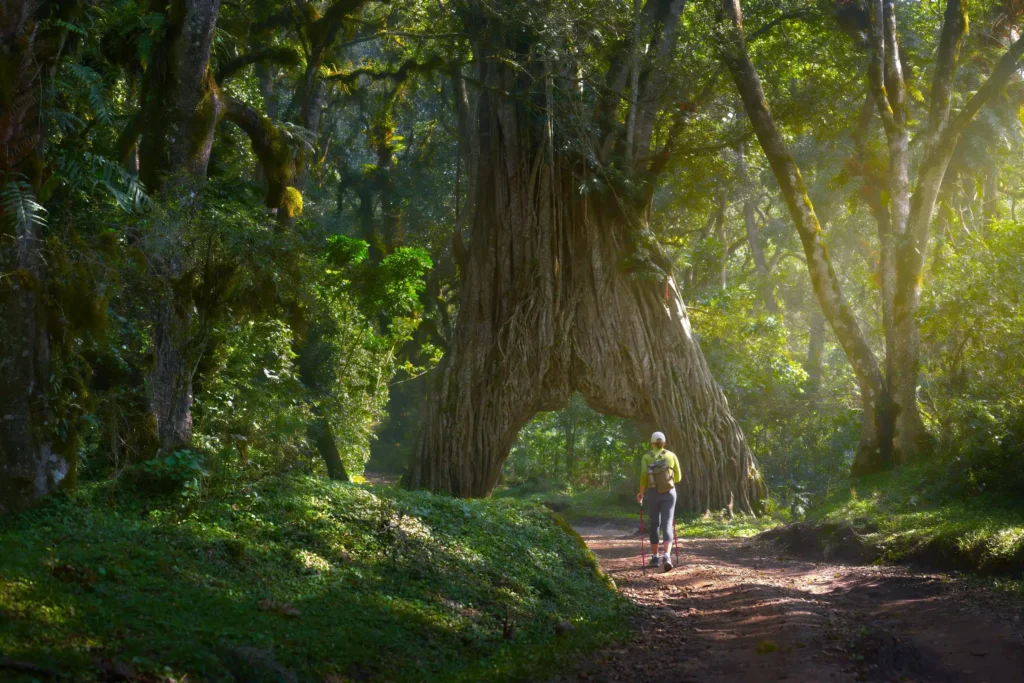
MONTANE FORESTS
Arusha National Park is characterized by its dense montane forests, which are home to an abundance of wildlife, including colobus monkeys, black-and-white colobus monkeys, and blue monkeys. Guided forest walks offer visitors the opportunity to immerse themselves in this verdant ecosystem, listening to the melodious calls of birds and spotting elusive creatures amidst the foliage
Activities to do in Arusha
national park
gamE drive
One of the most popular activities in Arusha National Park is embarking on a game drive through its diverse landscapes. Visitors can traverse the savannah plains in search of iconic African wildlife, including giraffes, zebras, buffaloes, and elephants. The park’s relatively compact size makes it ideal for day safaris, allowing travelers to cover a significant area in a relatively short amount of time.

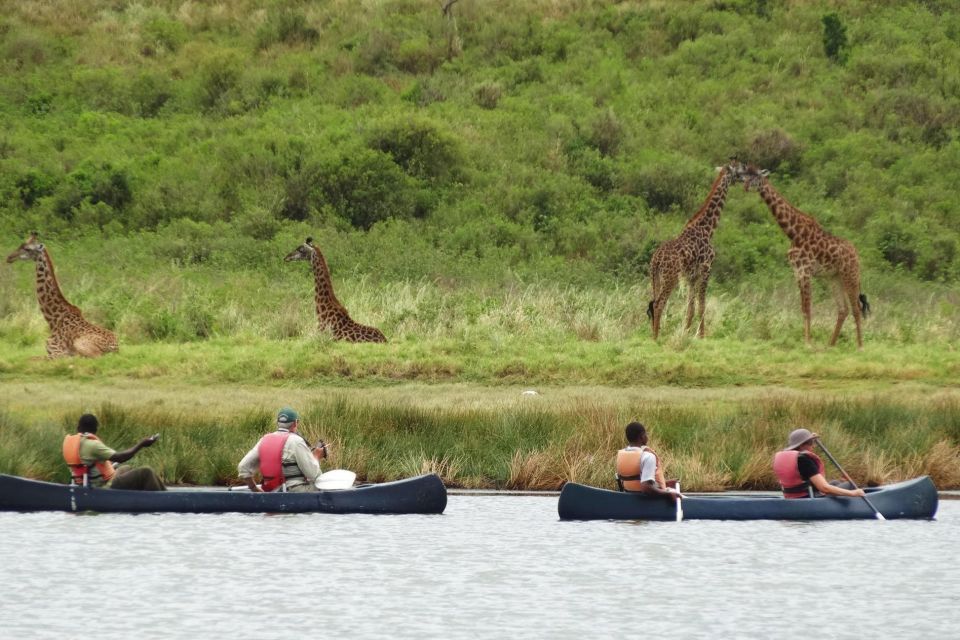
CANOEING safaris
For a unique perspective of the park’s ecosystem, canoeing safaris are available on the tranquil waters of Momela Lakes. Drifting serenely along the surface, visitors can observe aquatic birds, hippos, and other wildlife that inhabit the lakeshores, all while enjoying the breathtaking scenery of Mount Meru looming in the distance.
HIKING & TREKKING
Adventure enthusiasts can partake in guided hikes and treks to explore the park’s diverse terrain on foot. Whether ascending Mount Meru or traversing the forested slopes of the crater rim, these excursions offer unparalleled opportunities for wildlife viewing and photography, as well as a chance to connect with nature on a more intimate level.
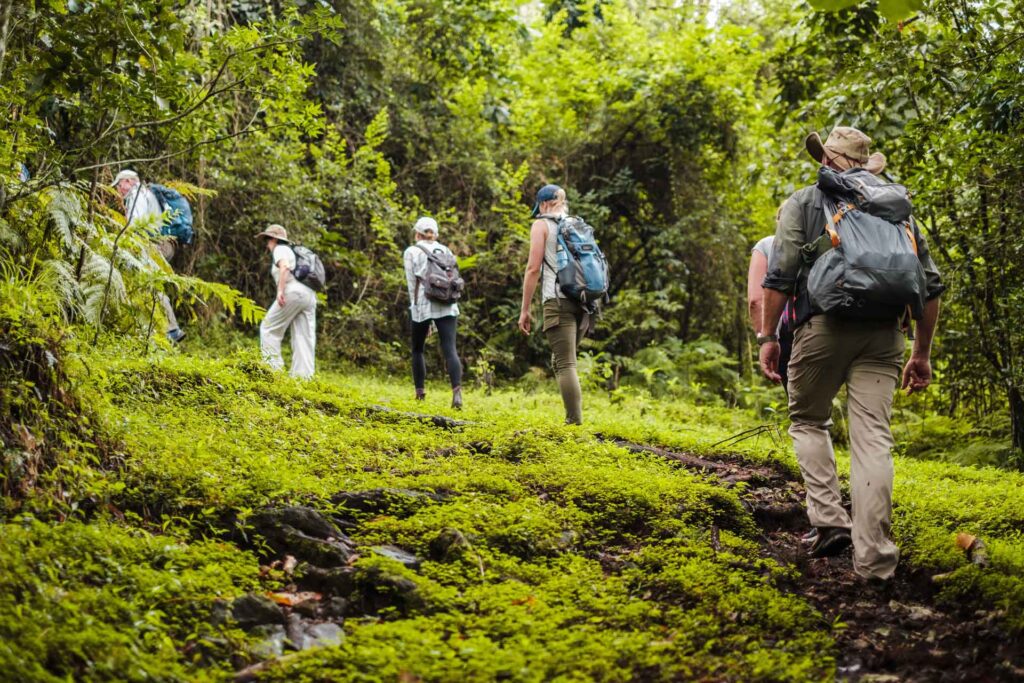
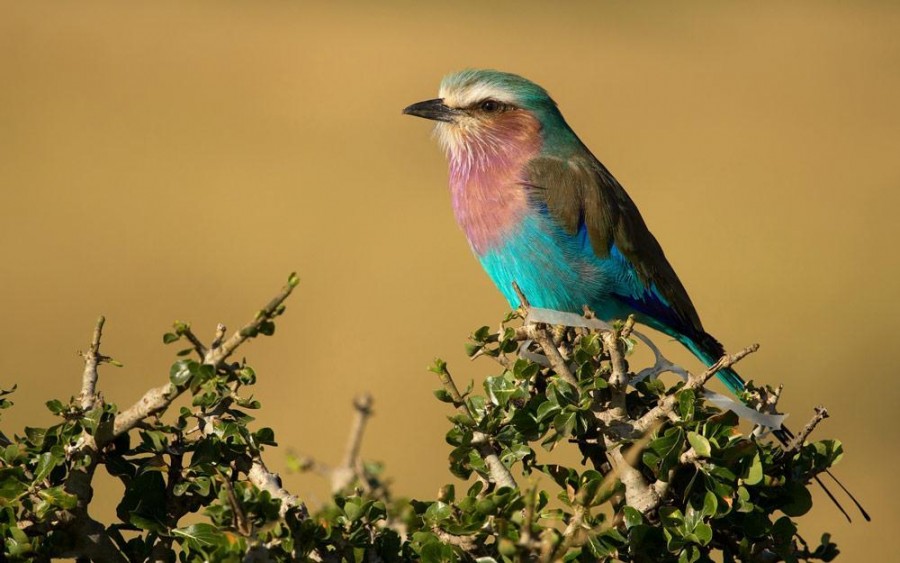
BIRDWATCHING
Arusha National Park is a birdwatcher’s paradise, boasting over 400 avian species, including numerous endemic and migratory birds. From the shores of the Momela Lakes to the canopy of the montane forests, birdwatchers can delight in spotting a colorful array of feathered inhabitants, ranging from African fish eagles and crowned cranes to turacos and sunbirds.
BEST TIME TO VISIT Arusha National Park
The best time to visit Arusha National Park largely depends on personal preferences and interests. However, the dry season, which typically occurs from June to October, is widely regarded as the optimal time for wildlife viewing and outdoor activities. During this period, the vegetation is less dense, making it easier to spot animals congregating around water sources, while cooler temperatures and clear skies provide ideal conditions for hiking and trekking expeditions. Alternatively, the wet season, which spans from November to May, offers its own unique attractions, such as lush landscapes, vibrant flora, and migratory bird species. While rain showers may occur sporadically, they seldom interfere with safari activities, and the park takes on a renewed sense of vitality as vegetation flourishes and wildlife becomes more active.
JAN
FEB
MAR
APR
MAY
JUN
JUl
AUG
SEP
OCT
NOV
DEC
- BEST
- GOOD
- MIXED

